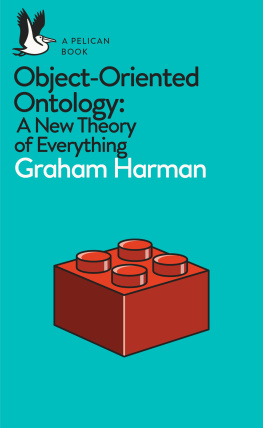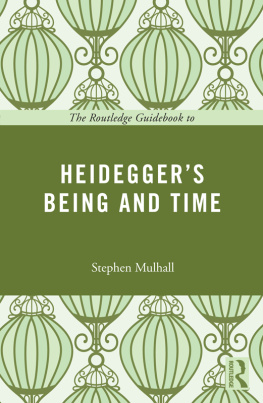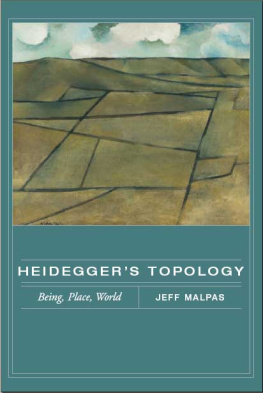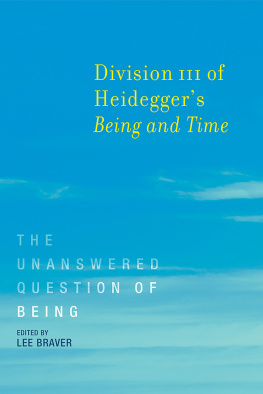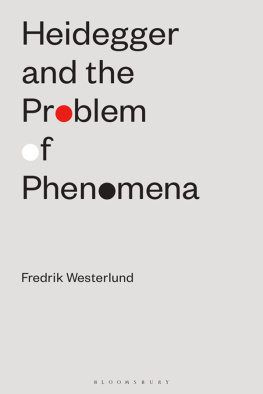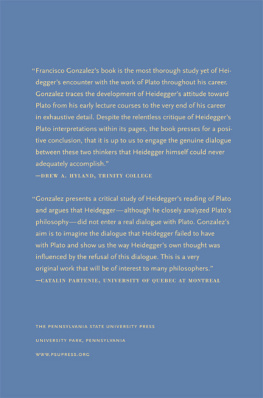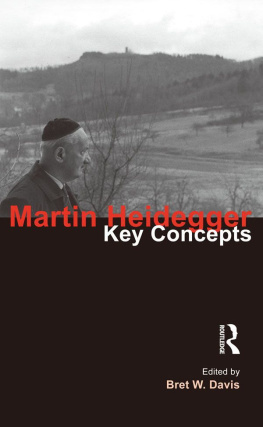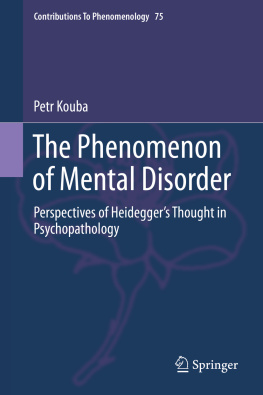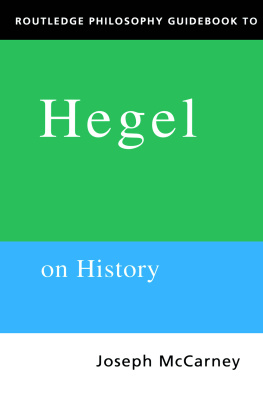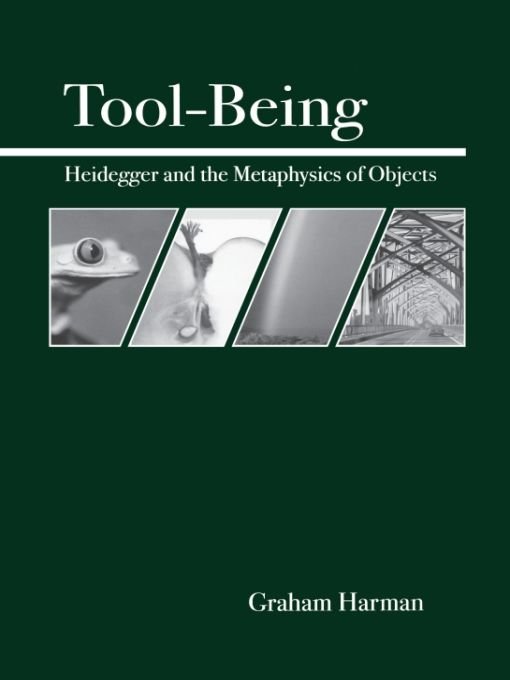Table of Contents
This book has been reproduced in a print-on-demand format from the 2002 Open Court printing.
Note to the Reader
It has become customary to begin any academic work with a page of acknowledgements to friends and acquaintances who have contributed to its development. This habit is rooted in the most generous impulses of human naturefew among us have not profited greatly from the timely suggestions of a colleague. Furthermore, this new type of standard preface shows how far we have come from the days when philosophers were forced to preface their works with obsequious bows to princes and bishops.
But whatever the merits of publicly recognizing those who have assisted us, this now-standard practice can also have an unintended and harmful effect. Standing at the entry to a book like some Praetorian guard, a long list of names often serves to intimidate readers, to make them feel outclassed by a competent network of college professors, research institutes, and fellowship foundations. Whether consciously or not, a subtle message is transmitted: To disagree with me, you must contend with all of these others as well. Do you dare? There is a similar effect when the author dates his preface from an especially prestigious location, whether it be Athens, Jerusalem, the remote archive of a famous writer, or simply a respected university campus. In this way, the possible objections of a talented but uncredentialed reader are silenced in advance-less by the actual skill of the author than by the mass of his external qualifications and friendships.
Wishing to avoid any trace of this effect, I have chosen to thank those who helped me in a more private way; wherever possible, I have done so with material gifts. The book Tool-Being should be regarded as addressed to each reader directly, rather than through the medium of any institutional machinery. In principle, any disagreements between us might easily be hammered out in person (among other possibilities, e-mail can be sent to toolbeing@yahoo.com). I make no appeal to any authority beyond the merits or flaws of the book itself. In return, I ask only that the reader extend the same courtesy to me.
Introduction
This book begins with a somewhat unorthodox commentary on the thought of Martin Heidegger and ends with an outline of what will be called an object-oriented philosophy. To define this phrase, and to show how it emerges inevitably from Heideggers basic insights, is a task best left to the body of the book. But a brief preview may be of interest to the reader.
The key to my argument lies in a fresh reading of the famed tool-analysis of Being and Time. Although hundreds of scholars have already commented on this masterful analysis, I am not aware of any who have drawn sufficiently radical conclusions from it. Of the few interpreters who have been willing to give center stage to the drama of tool-being, all have followed Heidegger too closely in regarding human Dasein as the biggest star in the theater. The tool-analysis is read as the triumph either of practical activity over theoretical abstraction, or of the network of linguistic signs over the ever unpopular things in themselves. Such readings of Heidegger prevail among both analytic and continental philosophers. Against these standard readings, I claim that the tool-analysis is neither a theory of language and human praxis, nor a phenomenology of a small number of useful devices called tools. Instead, Heideggers account of equipment gives birth to an ontology of objects themselves. Contrary to the usual view, tool-being does not describe objects insofar as they are handy implements employed for human purposes. Quite the contrary: readiness-to-hand (Zuhandenheit) refers to objects insofar as they withdraw from human view into a dark subterranean reality that never becomes present to practical action any more than it does to theoretical awareness. This already runs counter to the usual readings of Heidegger, since it denies from the start that the tool-analysis tells us anything about the difference between theory and praxis. What is first at stake is an absolute gulf between the things and any interaction we might have with them, no matter whether that interaction be intellectual or merely manipulative.
But my argument goes another step further. When the things withdraw from presence into their dark subterranean reality, they distance themselves not only from human beings, but from each other as well. If the human perception of a house or tree is forever haunted by some hidden surplus in the things that never becomes present, the same is true of the sheer causal interaction between rocks or raindrops. Even inanimate things only unlock each others realities to a minimal extent, reducing one another to caricatures. It will be shown that, even if rocks are not sentient creatures, they never encounter one another in their deepest being, but only as present-at-hand ; it is only Heideggers confusion of two distinct senses of the as-structure that prevents this strange result from being accepted.
But this means that, contrary to the dominant assumption of philosophy since Kant, the true chasm in ontology lies not between humans and the world, but between objects and relations. Moreover, this duality holds equally true for all entities in the cosmos, whether natural, artificial, organic, or fully human. If we read Heideggers tool-analysis in the right way, the lingering priority of Dasein in his philosophy is vaporized, and we encounter a strange new world filled with shocking possibilities for twenty-first-century philosophy. Certainly, Heidegger deals yet another mortal wound to metaphysics of the old-fashioned kind, the kind that is slapped and pummeled still further by Derrida, Wittgenstein, and others. But by the same stroke, he unknowingly suggests a possible campaign of guerilla metaphysics. Tool-beings turn out to be a strange variant of traditional substances, though they are as irreducible to physical particles as they are to the traces they leave in human perception. They are substances that exceed every relation into which they might enter, without being ultimate pieces of tiny matter. But this leaves only one possibility: for the first time in a long while, Heidegger pushes philosophy to the point where it has no choice but to offer a renewed theory of substantial forms. The reasons for this unusual claim will become clearer to the reader as the book progresses.
The result of all this is that, despite his glaring statements to the contrary, Heidegger accidentally incites a new age of metaphysics. Accordingly, we are finally in a position to oppose the long dictatorship of human beings in philosophy. What emerges in its place is a ghostly cosmos in which humans, dogs, oak trees, and tobacco are on precisely the same footing as glass bottles, pitchforks, windmills, comets, ice cubes, magnets, and atoms. Instead of exiling objects to the natural sciences (with the usual mixed emotions of condescension and fear), philosophy must reawaken its lost talent for unleashing the enfolded forces trapped in the things themselves. It is my belief that this will have to be the central concern of twenty-first-century philosophy. The purpose of this book is to sketch an object-oriented theory that can help address this concern.
The remainder of the introduction will be most useful if it is treated as a kind of rapid organizational meeting with the reader. Two distinct benefits can be expected from this procedure. First, an advance itinerary of the subject matter will help to minimize the distractions of surprise. Philosophylike history, but unlike literaturetends to receive a more alert reading when its major landmarks are known in advance. Second, a brief survey of the potential prejudices surrounding any topic can aid in neutralizing them, much as fresh bread is used to reset the palates of winetasters. Given that mountains of books and articles on Heideggers philosophy are already available, it will be useful to emphasize the most distinctive features of the present book.




